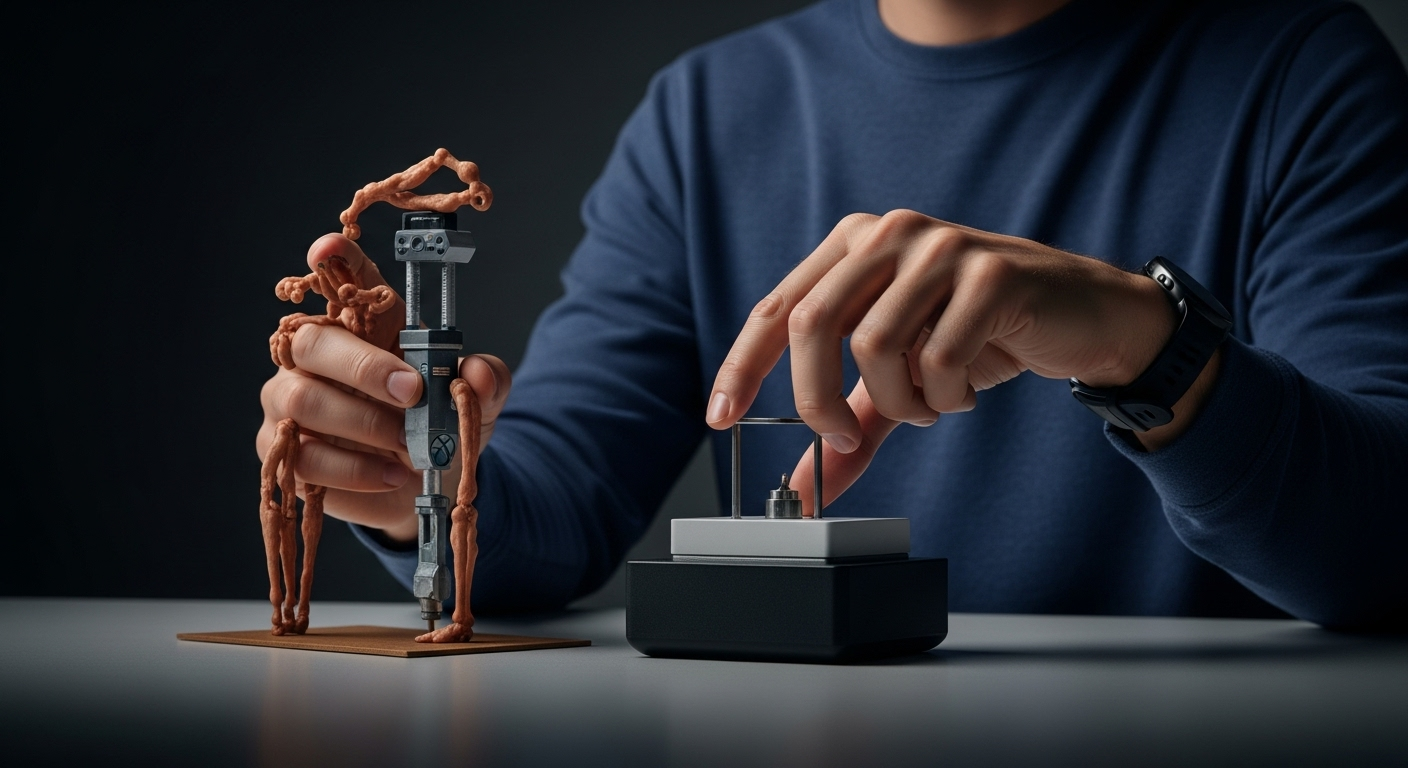Exploring the World of 3D Pens: Unleashing Creativity in Three Dimensions
3D pens have taken the creative world by storm, offering a new dimension to art and design. Unlike traditional pens and pencils, a 3D pen allows you to draw in three-dimensional space, creating tangible objects with ease. This article delves into the fascinating realm of 3D pens, exploring their technology, applications, and the impact they've had on various industries.

What exactly is a 3D pen and how does it work?
A 3D pen is a handheld device that resembles a bulkier version of a traditional pen or pencil. It works by heating and extruding plastic filament, typically ABS (Acrylonitrile Butadiene Styrene) or PLA (Polylactic Acid), through a nozzle at its tip. As the melted plastic is extruded, it quickly cools and solidifies, allowing users to draw in the air or build up layers on a surface to create three-dimensional objects.
The pen contains a heating element that melts the plastic filament, a motor to push the filament through the nozzle, and controls for adjusting temperature and extrusion speed. Most 3D pens also feature a cooling system to prevent overheating and ensure user safety.
How are 3D pens transforming art and design?
Drawing in 3D with pens has opened up new avenues for artistic expression and design exploration. Artists can now create intricate sculptures, 3D sketches, and unique mixed-media pieces that blur the lines between 2D and 3D art. Designers use 3D pens for rapid prototyping, creating quick 3D mockups of their ideas, and adding texture or detail to existing projects.
The technology has also found its way into the world of fashion, with designers using 3D pens to create unique textile patterns, accessories, and even entire garments. This fusion of traditional craftsmanship with modern technology is pushing the boundaries of what’s possible in art and design.
What are the key features of 3D pen technology?
3D pen technology has evolved significantly since its introduction. Modern 3D pens often include features such as:
-
Temperature control: Allows users to adjust the heat for different types of filament.
-
Variable speed settings: Enables precise control over the extrusion rate.
-
Ergonomic design: Ensures comfortable use during extended drawing sessions.
-
Dual drive systems: Provides smoother and more consistent filament flow.
-
LED displays: Offers real-time information on temperature and speed settings.
-
Interchangeable nozzles: Allows for different line thicknesses and textures.
These advancements have made 3D pens more user-friendly and versatile, catering to both beginners and experienced users.
How does creative freedom with plastics impact various industries?
The creative freedom offered by 3D pens extends beyond art and design. In education, 3D pens are used to teach spatial awareness, improve fine motor skills, and introduce students to 3D modeling concepts. Engineers and architects use them for creating quick prototypes and visualizing complex structures.
In the medical field, 3D pens have found applications in creating custom orthotics and even in surgical planning. The ability to quickly create tangible 3D models has proven invaluable in explaining procedures to patients and planning complex surgeries.
The automotive industry has also embraced 3D pen technology for rapid prototyping of small parts and for repairing plastic components. This versatility demonstrates how 3D pens are not just tools for creativity but also practical solutions for various industrial applications.
What unique applications have emerged for 3D pens in the United States?
In the United States, 3D pens have found some innovative and unique applications. STEM education programs across the country have incorporated 3D pens into their curricula, fostering creativity and technical skills among students. Some American artists have gained recognition for their large-scale 3D pen sculptures, pushing the boundaries of what’s possible with this technology.
Interestingly, some dental practices in the U.S. have started using 3D pens for creating custom dental models and even for minor repairs to dental appliances. This showcases the versatility of 3D pens in professional settings beyond their initial artistic intent.
How do different 3D pen models compare in terms of features and pricing?
When it comes to choosing a 3D pen, there are various options available in the market, ranging from entry-level models to professional-grade devices. Here’s a comparison of some popular 3D pen models:
| Model | Key Features | Target User | Price Range |
|---|---|---|---|
| 3Doodler Create+ | Dual Drive, temperature control, easy to use | Beginners to intermediate | $79.99 - $99.99 |
| MYNT3D Professional | Adjustable temperature, LCD display, slim design | Intermediate to advanced | $59.99 - $79.99 |
| Scribbler 3D Printing Pen V3 | Ceramic nozzle, adjustable speed, LED display | All skill levels | $99.00 - $129.00 |
| LIX PEN UV | Ultra-compact, UV-curable resin, USB-C charging | Professional artists and designers | $139.00 - $159.00 |
| 7TECH 3D Printing Pen | Temperature adjustment, clog-resistant nozzle | Beginners | $39.99 - $59.99 |
Prices, rates, or cost estimates mentioned in this article are based on the latest available information but may change over time. Independent research is advised before making financial decisions.
The choice of a 3D pen depends on the user’s skill level, intended use, and budget. Entry-level models are suitable for beginners and hobbyists, while professional-grade pens offer more precise control and advanced features for serious artists and designers.
In conclusion, 3D pens have opened up a new dimension of creativity, allowing users to draw and create in three-dimensional space. From transforming art and design to revolutionizing industries with their versatile applications, these innovative tools continue to push the boundaries of what’s possible in various fields. As technology advances, we can expect to see even more exciting developments in 3D pen capabilities, further expanding their potential in both creative and practical applications.




